BRITISH music hero Channi Singh has been entertaining audiences for nearly 50 years as a singer, songwriter and composer.
The frontman of the iconic bhangra group, Alaap, has achieved many milestones in his career, including countless hit songs, game-changing albums and pathbreaking collaborations with legends such as Asha Bhosle.
His work as a music director for Bollywood films such as Yalgaar and performing at major venues globally, including a show with UB40, Robert Palmer and The Pogues at the Birmingham football stadium, have added to his status as a music legend.
He received an OBE for his contributions to music, charity and community work, among many other awards.
The world-class artist is still going strong and has just released his latest single, Kursi Bhangra, an inventive dance number aimed at all ages, including those who remain seated. Collaborating with his acclaimed singer-daughter Mona Singh, he has also produced a captivating music video for the song.
Eastern Eye caught up with the godfather of British bhangra to discuss his career, new single and key advice for young artists.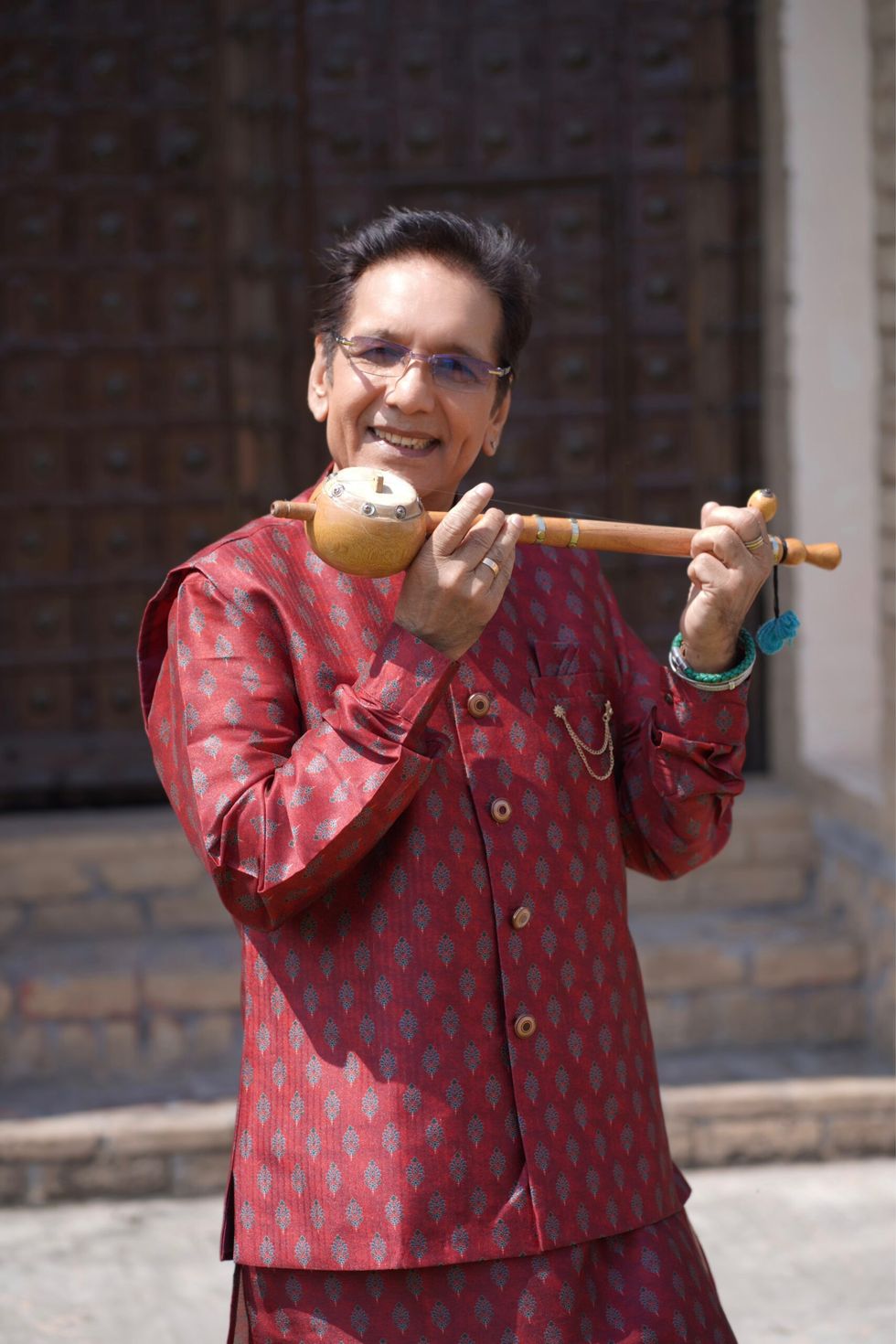
How do you look back on your amazing journey so far?
Reflecting on my musical voyage fills me with deep gratitude and humility. From growing up in Salar village, near Malerkotla, Punjab, to achieving international acclaim, I have been truly blessed to share my love for music with the world.
Since founding Alaap in 1977 and pioneering a new style of bhangra music, I’m thankful for the opportunities to promote Punjabi culture and connect with audiences globally.
You have had so many significant milestones, but you have remained grounded and connected to your music fans.
The many firsts, collaborations, songs and performances have shaped my career, but it’s the amazing support of my fans and well-wishers that I cherish the most. Their love has been the driving force behind every success, making this journey truly extraordinary. With immense pride, I reflect on the impact I’ve had on the music industry, but above all, I’m grateful for the love and support that have accompanied me every step of the way.
How do you feel about being called a legend?
That is a profound honour that I don’t take lightly. It’s a privilege to have achieved such a status and recognition.
Alaap played a pivotal role in shaping Punjabi music and culture, especially at a time when it was primarily confined to village radios or small community hall weddings in Southall. We embraced the responsibility of bringing Punjabi music to the mainstream.
Which of your cherished hit songs is closest to your heart?
It’s incredibly difficult to single out just one song, or album. However, if I had to pick, Teri Chunni De Sitare and Ik Kuri Gulab De Phull Wargi hold a truly special place in my heart. I wrote these songs for my beautiful wife, Dhano, who has been my source of inspiration and strength throughout my journey. They say behind every great man is an even greater woman, and I owe so much of my success to her unwavering support and love. Without her, I wouldn’t be where I am today.
What keeps your passion for music alive after all these years?
My passion for music remains as strong as ever. It’s not just a career, it’s a fundamental part of who I am. Connecting with people through my music is incredibly fulfilling, especially when I hear how a particular song has touched someone’s life. Whether it’s receiving heartfelt messages from fans or being part of significant milestones in their lives, knowing that my music has become intertwined with their personal stories is immensely rewarding.
Tell us more about that.
Being embraced by a community of appreciative listeners and evoking nostalgia through my music further fuels my passion and drive. Engaging with diverse audiences during live performances always reignites that spark within me. I feel truly blessed to continue sharing my music and connecting with others in such meaningful ways.
How have you been able to maintain such a high standard as a singer, songwriter and musician for so many decades?
Throughout my career, I’ve always prioritised quality in every aspect of my music, from the lyrics I pen to the compositions I create. Working closely with Mona, we ensure each song embodies these high standards before it reaches the audience. While I draw inspiration from new trends, staying true to myself is paramount. Upholding my reputation and meeting fans’ expectations is a responsibility I take seriously and am deeply committed to. Their incredible support is my greatest motivation.
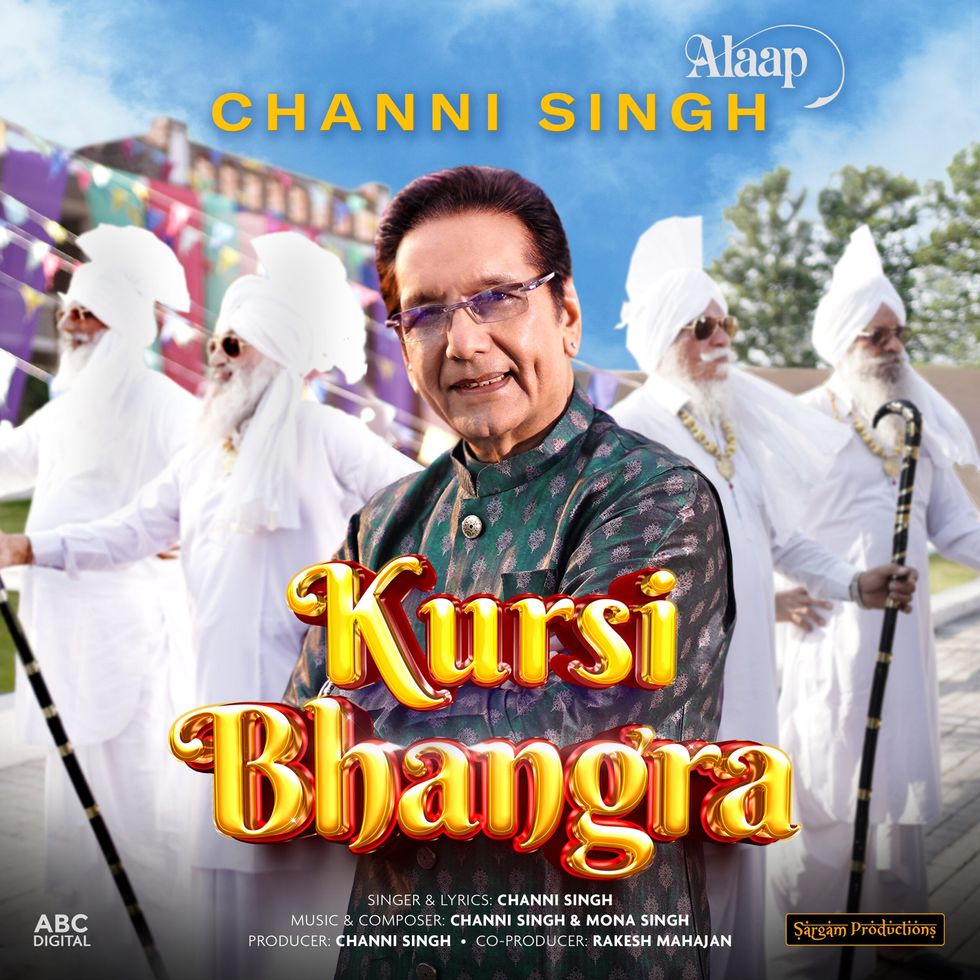
Where do you draw your musical inspiration from today?
My inspiration mainly comes from the world around me, particularly from my family and interactions with people. I believe my music resonates with my fans because they can relate to the ideals and situations I write about.
Listening to different genres of music also keeps my creative juices flowing.
Tell us about your new song, Kursi Bhangra?
A wonderful fan asked me to create a song for his son’s wedding, to which people of all ages could join in the fun of dancing, including those who remain seated. This heartfelt request inspired me to develop the concept and create Kursi Bhangra, a lively bhangra track that celebrates inclusivity. For me, music is about bringing people together regardless of age and this song truly reflects that. I can’t wait for you all to hear Kursi Bhangra and hope it will have everyone dancing, even from the comfort of their seats!
Tell us about the music video that you have shot for the song?
The fun and colourful music video perfectly captures the essence of the song. We had a great time filming on location in Punjab. Our dance troupe was a mix of different age groups and brought so much energy to the set.
I’m looking forward to seeing fans’ renditions of Kursi Bhangra once the single is released. Share your videos with me, @channisinghalaap, or Mona, @monasinghmusic. Our favourite videos will get a special shout-out from us.
Who are you hoping connects to this song?
I’m hoping to connect with anyone who enjoys music and is open to trying something new, such as Kursi Bhangra. The song’s upbeat tempo and lively lyrics make it, in my view, perfect for all generations, especially those who love bhangra and appreciate its infectious energy.
Ultimately, the goal is to appeal to anyone who simply loves music. I’m sure everyone will enjoy the song as much as we did making it.
After decades of success, how do you feel on the eve of the release of a new song?
I always feel a mix of excitement and anticipation before releasing a new song. While I’ve grown accustomed to managing those pre-release jitters, there’s still that eager curiosity to see how fans will respond.
With the upcoming release, I’m excited to hear people’s reactions to the song and video, and maybe even see fans creating their own content and sharing it with us online.
What dominates your own personal playlist?
My personal playlist is like a treasure chest, filled with the timeless voices of legends like Rafi sahib, Mahendra Kapoor sahib, Mehdi Hassan and Ghulam Ali, alongside other iconic Punjabi and Pakistani ghazal artists. I can’t resist the charm of evergreen classics, which hold a special place in my heart and bring back fond memories. I also enjoy Arabic and Turkish music. Thanks to Mona’s diverse musical tastes, I’m exploring new sounds and artists across all genres.
How much does performing live still mean to you?
There’s something incredibly special about live performances for me. The direct connection with the audience, feeling their energy, witnessing the impact of my music in real time, hearing them sing along to my songs – it’s an indescribable feeling.
No matter how many times I step on stage, that thrill never fades. I love the rehearsal process and that amazing feeling of anticipation leading up to a performance. It’s all part of the magic of live music.
According to you, what elements contribute to creating a great live performance?
In my opinion, a good stage show is all about capturing the perfect energy and vibe, where everyone is enjoying themselves. My performances are always interactive, involving the audience and singing songs I know they’ll love. When you’re up there on stage, feeling the energy of the crowd and feeding off it, that’s when the magic really happens.
It’s those moments that remind me of why I fell in love with performing in the first place.
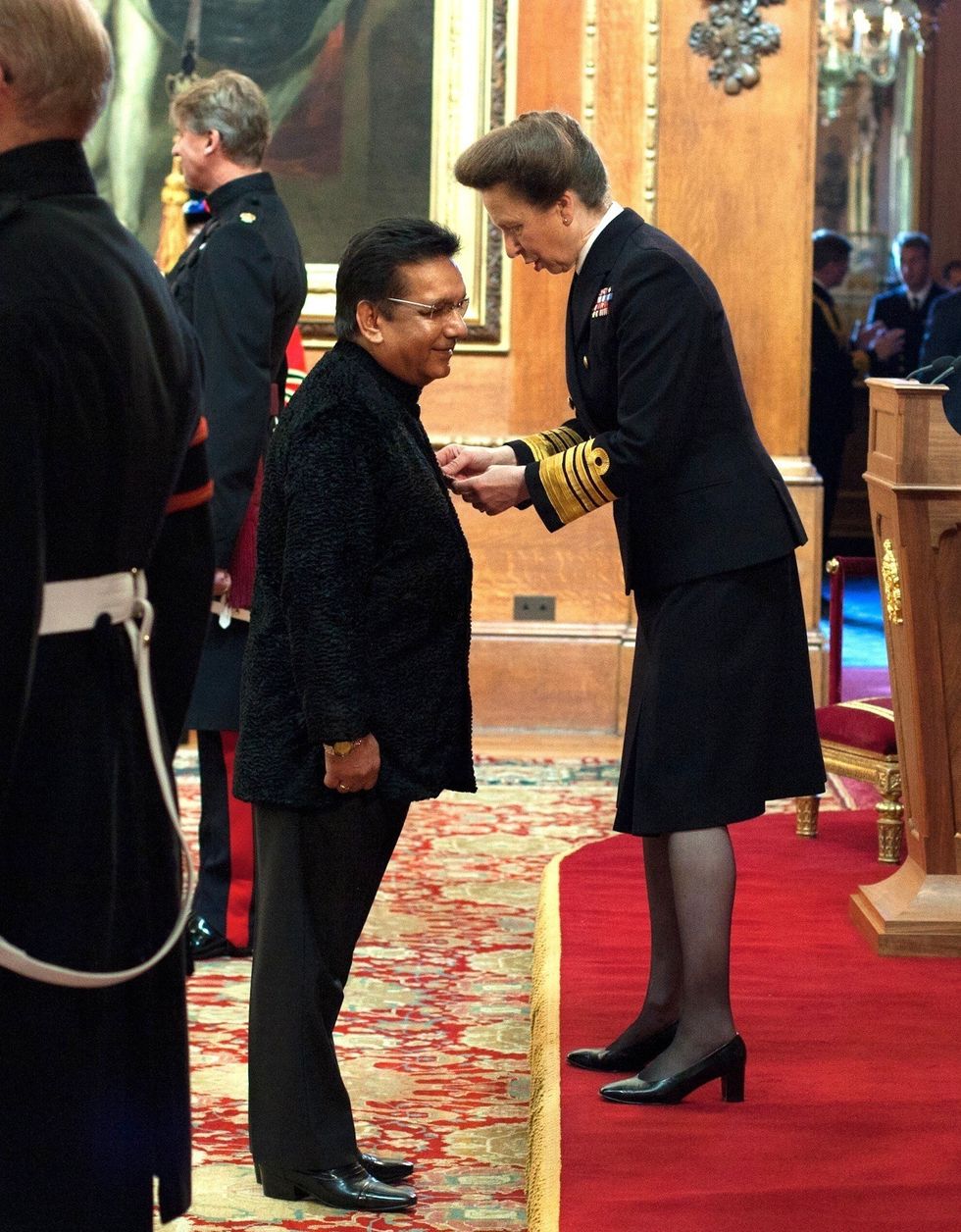
What advice would you give to upcoming artists?
With a journey spanning decade in this industry, one piece of advice I’d offer young singers and musicians, is to stay authentic and maintain high standards at all times. Focus on original compositions with longevity, and never compromise your integrity or talent for short-term gain. While promoting yourself online is easier than ever, the principles remain the same – stay true to yourself and the audience will naturally find you (and, as in my case, stay firmly with you).
If you could master something new in music, what would it be?
I would love to play the keyboard well. This would be incredibly helpful, especially when I’m working alone in the studio and Mona isn’t available.
What can we expect next from you?
We’re preparing to release another song in the coming months and are also currently in the production phase of Mona’s new songs.
We’re both also working on some music for Punjabi and Bollywood films, including a ghazal album. Exciting times. Watch this space.
Finally, what does music mean to you today?
It is more than just a passion – it’s an essential part of who I am. It’s my chosen language for expressing myself and connecting with others.
This journey through music has been nothing short of remarkable, enabling me to touch so many lives and fulfil my dreams. Frankly, it doesn’t get better than this.
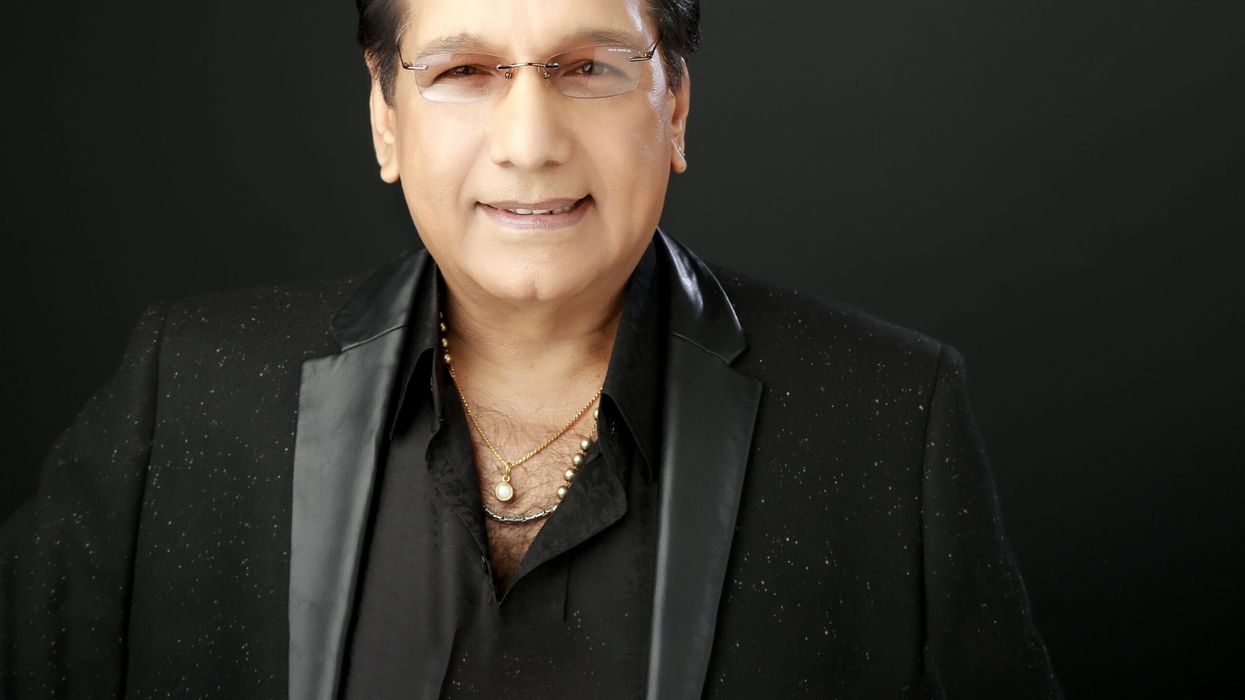




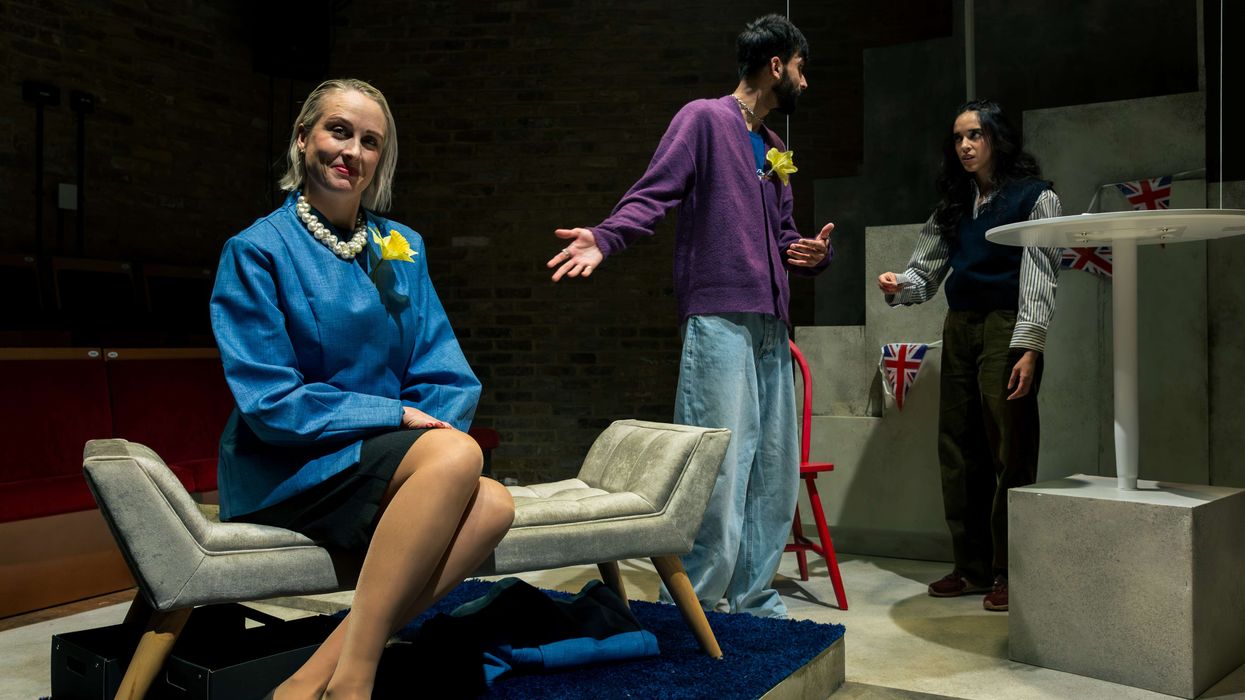
 Vivek Nityananda
Vivek Nityananda 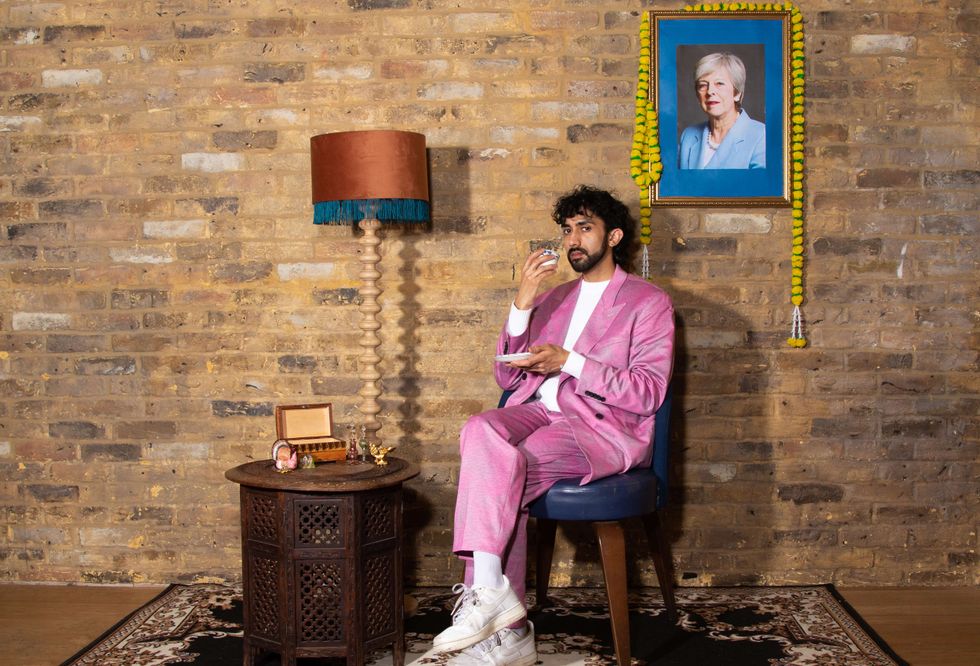 Taraash Mehrotra as Nikhil
Taraash Mehrotra as Nikhil






